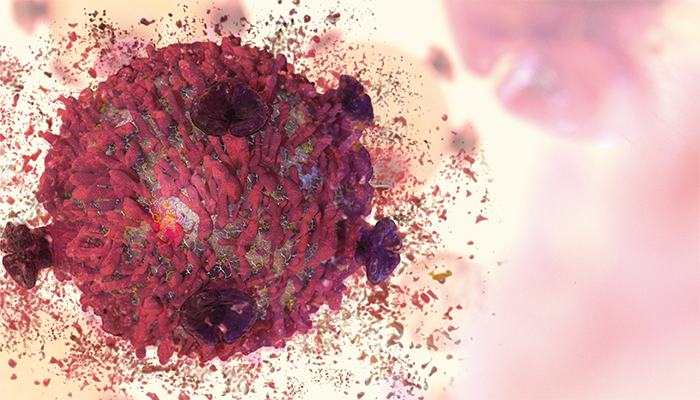
Credit: Adobe Stock
A novel high-throughput nanoparticle detection method, Deep Nanometry (DNM), has demonstrated high sensitivity and scalability in detecting rare extracellular vesicles (EVs) without purification – showcasing its potential in advancing early cancer diagnostics.
The report, published in Nature Communications, describes how researchers developed an optofluidic system integrated with an unsupervised deep-learning denoising approach to detect and characterize nanoparticles as small as 30 nm, achieving a throughput of over 100,000 events per second.
The denoising approach of DNM enables it to capture the weak signals that conventional high-speed detection tools might miss. The AI component helps with this by learning the characteristics of the waves in the optical signals. It then filters out the non-target waves in order to amplify the EV signals.
The team validated DNM’s sensitivity using polystyrene beads (27, 40, and 60 nm) and serum-derived EVs. The denoised scattering height distribution confirmed the detection of 27 nm nanoparticles, with a significant reduction in false positives. DNM outperformed flow cytometry in detecting true-positive EVs while maintaining a low false detection rate. The study further demonstrated a detection limit of 2.82 × 10³ particles/mL in dilution assays, highlighting the method’s suitability for clinical diagnostics.
DNM’s ability to analyze large-scale EV populations enabled precise quantification of diagnostic markers in colorectal cancer. The detection of CD9 and CD147 double-positive EVs in patient serum, compared with lower concentrations in healthy controls, indicates a viable pathway for noninvasive cancer screening. Unlike conventional methods that require purification, DNM’s high throughput and sensitivity streamline the diagnostic workflow while preserving sample integrity.
The researchers suggest that DNM could extend beyond oncology into broader applications in infectious disease diagnostics, drug delivery monitoring, and nanomedicine, offering real-time, high-throughput nanoparticle characterization for clinical and research settings.




